Home>Dining>Tableware>How To Clean Silverware With Baking Soda And Aluminum Foil
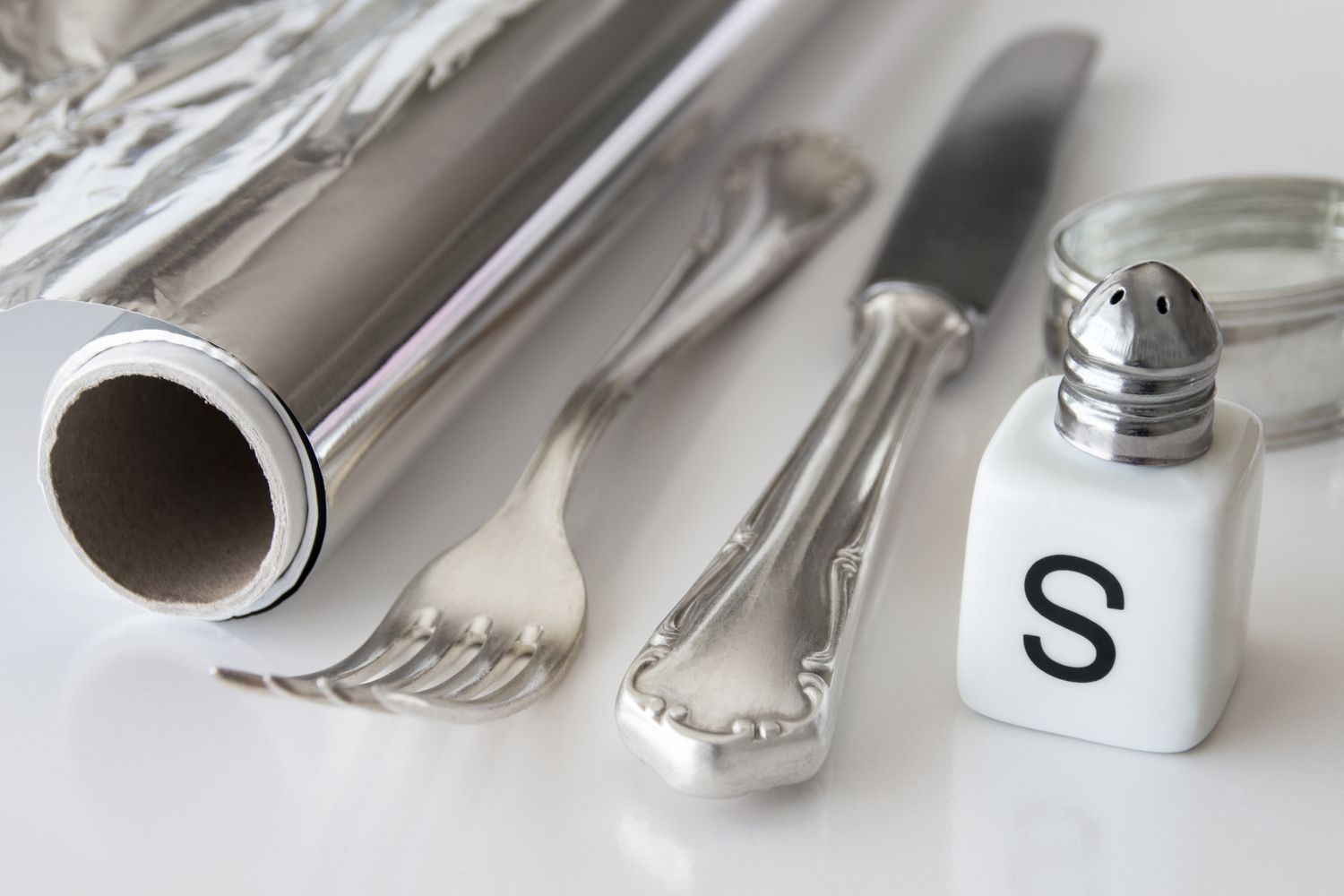

Tableware
How To Clean Silverware With Baking Soda And Aluminum Foil
Modified: August 25, 2024
Learn how to clean your tableware using a simple method with baking soda and aluminum foil. Restore the shine to your silverware effortlessly!
(Many of the links in this article redirect to a specific reviewed product. Your purchase of these products through affiliate links helps to generate commission for Storables.com, at no extra cost. Learn more)
Introduction
Welcome to the world of tableware and the wonderful art of cleaning silverware! Whether you are a seasoned host or just someone who enjoys a beautifully set table, taking care of your silverware is essential. Over time, silverware can tarnish and lose its shine, but fear not – there is a simple and effective method to bring back the luster to your precious pieces.
In this article, we will explore how to clean silverware using a combination of baking soda and aluminum foil. This powerful duo works wonders in removing tarnish and restoring the brilliance of silverware. With just a few basic materials and a little bit of effort, you’ll be able to rediscover the beauty of your silverware collection.
So, let’s gather our cleaning supplies and get ready to make your silverware shine like new!
Key Takeaways:
- Easily restore the luster of your silverware using baking soda and aluminum foil. Follow simple steps to remove tarnish and bring back the brilliance to your cherished pieces.
- Remember to gather all necessary materials, set up a designated cleaning station, and follow precautions for different types of silverware. Impress your guests with a beautifully set table and enjoy the elegance of gleaming silverware.
Read more: How To Clean A Kettle With Baking Soda
Materials Needed
Before we dive into the silverware cleaning process, let’s make sure you have all the necessary materials on hand. Here’s what you’ll need:
- Baking soda
- Aluminum foil
- Warm water
- A soft cloth or sponge
- A large container or sink
- Mild dish soap (optional)
Baking soda is a versatile cleaner that is gentle enough to use on silverware without causing any damage. Aluminum foil serves as an excellent conductor of heat and electricity, which is crucial for the cleaning process. Warm water will help dissolve the tarnish and make it easier to remove. A soft cloth or sponge is essential for scrubbing and buffing the silverware. Lastly, a large container or sink is needed to hold the cleaning solution.
If your silverware has any stubborn stains or grime, you can add a small amount of mild dish soap to the warm water. However, be sure to rinse the silverware thoroughly after cleaning to remove any residue.
Now that you have all the necessary materials, let’s move on to the preparation stage.
Preparation
Before we begin the silverware cleaning process, it’s important to make a few preparations to ensure a smooth and efficient experience. Follow these steps to get ready:
- Gather all the silverware that needs cleaning. Sort them into groups based on their size or type, as this will help you manage the cleaning process more effectively.
- Prepare a clean and spacious working area. You’ll need a flat surface such as a countertop or table where you can lay out the aluminum foil and set up the cleaning station.
- Protect your work surface. Silverware can cause scratches or marks on delicate surfaces, so consider laying down a soft cloth or a protective mat to prevent any accidental damage.
- If your silverware is heavily tarnished, you may want to give them a quick rinse under running water before starting the cleaning process. This will help remove any loose dirt or debris that may interfere with the cleaning solution.
Once you’ve completed these preparations, you’re now ready to move on to the next step – creating the cleaning solution.
Step 1: Create the Cleaning Solution
Now that you’re all set up, it’s time to create the cleaning solution that will work its magic on your tarnished silverware. Here’s how to do it:
- Take a large container or sink and fill it with warm water. You’ll want enough water to fully submerge your silverware.
- Add approximately 1-2 tablespoons of baking soda to the water. Stir the solution gently until the baking soda is fully dissolved. If you’re dealing with particularly stubborn tarnish, you can increase the amount of baking soda slightly.
The baking soda in the cleaning solution acts as an effective cleaning agent that helps to break down the tarnish on the silverware. It’s important to note that baking soda is a mild abrasive, so avoid using too much or scrubbing too vigorously, as this can potentially damage the silverware.
Once you’ve created the cleaning solution, it’s time to move on to the next step – setting up the cleaning station.
Step 2: Set up the Cleaning Station
Creating a designated cleaning station will streamline the silverware cleaning process and make it easier for you to handle each piece. Follow these steps to set up your cleaning station:
- Place a sheet of aluminum foil at the bottom of a container or sink. The shiny side of the foil should be facing up.
- Arrange your tarnished silverware on top of the aluminum foil in a single layer. Avoid overcrowding the container, as this may prevent the cleaning solution from reaching all areas of the silverware.
Wondering why we’re using aluminum foil? Well, the combination of aluminum foil and baking soda creates a chemical reaction that helps remove tarnish from silverware. The aluminum acts as a catalyst, transferring electrons to the tarnished silverware and causing the tarnish to dissolve and transfer onto the foil.
Once you’ve set up your cleaning station, it’s time to move on to the next step – soaking the silverware in the cleaning solution.
To clean silverware with baking soda and aluminum foil, create a mixture of baking soda and water, then soak the silverware in the mixture. Line a bowl with aluminum foil, add hot water and a tablespoon of baking soda, then place the silverware in the bowl. Let it sit for a few minutes, then rinse and dry the silverware.
Read more: How To Clean A Sink With Baking Soda
Step 3: Soak the Silverware
Now that your cleaning station is ready, it’s time to give your silverware a nice, relaxing soak in the cleaning solution. Follow these steps:
- Gently pour the baking soda and warm water mixture over the silverware, ensuring that all pieces are fully submerged.
- Let the silverware soak in the cleaning solution for approximately 5-10 minutes. This will give the baking soda enough time to work its magic and loosen the tarnish.
While the silverware is soaking, you may notice some fizzing or bubbling occurring. This is a normal reaction between the baking soda, aluminum foil, and tarnish. It’s a sign that the cleaning process is underway!
During the soaking time, you can use this opportunity to prepare your soft cloth or sponge for the next step. Ensure that it is clean and dampened to avoid scratching the silverware.
Once the silverware has finished soaking, it’s time to move on to the next step – scrubbing the silverware.
Step 4: Scrub the Silverware
Now that your silverware has had a relaxing soak, it’s time to give them a gentle scrub to remove the loosened tarnish. Follow these steps for effective scrubbing:
- Take one piece of silverware at a time and use a soft cloth or sponge to gently rub the surface. Pay attention to any areas with stubborn tarnish and give them a little extra attention.
- Continue to scrub each piece until you’re satisfied with the level of cleanliness. Be sure to use gentle, circular motions to avoid scratching the silverware.
- If you’re dealing with intricate designs or patterns on your silverware, you can use a soft-bristled toothbrush to reach into the crevices and remove any remaining tarnish.
As you scrub, you may notice that the tarnish transfers from the silverware onto the aluminum foil. This is an indication that the cleaning process is working effectively! If necessary, you can reposition the silverware on fresh areas of the foil to ensure maximum contact.
Remember, the goal of scrubbing is to remove the tarnish, not to polish the silverware to a high shine. If you desire a more polished finish, you can use silver polish or a silver polishing cloth after completing the cleaning process.
Once you’re satisfied with the cleanliness of the silverware, it’s time to move on to the next step – rinsing and drying.
Step 5: Rinse and Dry the Silverware
After scrubbing away the tarnish, it’s important to thoroughly rinse and dry the silverware to remove any remaining cleaning solution and prevent water spots. Follow these steps to complete the silverware cleaning process:
- Begin by rinsing the silverware under warm running water. Make sure to rinse off any residual baking soda and dirt.
- Inspect each piece to ensure that all traces of cleaning solution and tarnish have been removed. If you notice any areas that still appear tarnished, you can give them a gentle scrub with a soft cloth or sponge.
- Once the silverware is clean, use a soft, dry cloth to carefully pat each piece dry. Avoid rubbing too vigorously, as this may cause scratches or dull the shine.
- For added shine, you can use a microfiber polishing cloth to buff the silverware gently. This will give it a beautiful luster.
It’s important to note that silverware should always be hand-dried rather than air-dried to prevent water spots. Leaving silverware to air-dry can result in unsightly marks on the surface.
Now that your silverware is wonderfully clean and sparkling, it’s ready to be used for your next special occasion or everyday meal!
Remember, regular maintenance and proper storage can help prevent future tarnish buildup on your silverware. Consider storing them in tarnish-resistant bags or using anti-tarnish strips to keep them looking their best.
With this simple and effective method using baking soda and aluminum foil, you can easily restore the luster of your silverware and bring back its shine.
So go ahead, impress your guests with the brilliance of your silverware, and enjoy the beauty that comes with a well-set table!
Additional Tips and Precautions
– Avoid using this cleaning method on silver-plated silverware, as the abrasive nature of baking soda can remove the silver plating.
– For heavily tarnished silverware, you may need to repeat the cleaning process or use a specialized silver cleaner.
– If your silverware has intricate or delicate designs, exercise caution while scrubbing to avoid damaging the details.
– Always read and follow the manufacturer’s instructions on any cleaning products or solutions you use.
– If you’re uncertain about the best cleaning method for your silverware, consult a professional for guidance.
Additional Tips and Precautions
While the baking soda and aluminum foil cleaning method is a fantastic way to restore the shine to your silverware, there are some additional tips and precautions to keep in mind for optimal results:
- Avoid using this cleaning method on silver-plated silverware, as the abrasive nature of baking soda can remove the silver plating. Instead, consider using a specialized silver cleaner specifically designed for plated silver.
- In case of heavily tarnished silverware, you may need to repeat the cleaning process or use a specialized silver cleaner that is suitable for your specific type of silverware.
- While scrubbing, be cautious when handling silverware with intricate or delicate designs. Take care to avoid applying excessive pressure or scrubbing too vigorously, as this may cause damage to the detailing or engravings.
- Always read and follow the manufacturer’s instructions on any cleaning products or solutions you use. Different types of silverware may have unique care requirements, so it’s essential to adhere to their specific guidelines.
- If you’re unsure about the best cleaning method for your silverware or have valuable or antique pieces, it’s wise to consult a professional silverware cleaner. They have the expertise and knowledge to handle delicate and high-value silverware, ensuring it receives the appropriate care and attention.
By following these additional tips and precautions, you can ensure that your silverware remains in pristine condition for years to come.
Now that you have all the knowledge and steps to clean your silverware, you can enjoy the satisfaction of enhancing the beauty and luster of your precious pieces. So go ahead, give your silverware the pampering it deserves, and elevate your dining experience with its renewed brilliance!
Remember, regular maintenance and proper storage can help prevent future tarnish buildup on your silverware. Consider storing them in tarnish-resistant bags or using anti-tarnish strips to keep them looking their best.
With this simple and effective method using baking soda and aluminum foil, you can easily restore the luster of your silverware and bring back its shine.
So go ahead, impress your guests with the brilliance of your silverware, and enjoy the beauty that comes with a well-set table!
Read more: How To Clean Washer With Baking Soda
Conclusion
Caring for your silverware is not only about maintaining its beauty but also preserving its value and longevity. With the help of baking soda and aluminum foil, you can restore the shine and brilliance to your tarnished silverware easily and affordably. By following the steps outlined in this article, you can effectively remove tarnish and bring back the luster of your cherished pieces.
Remember to gather all the necessary materials, set up a designated cleaning station, create a baking soda and warm water solution, and carefully soak and scrub each piece of silverware. Rinse and dry the silverware thoroughly to avoid water spots, and consider using a microfiber cloth for an extra touch of shine.
Additionally, it’s essential to keep in mind the precautions for different types of silverware, such as avoiding this method for silver-plated pieces and consulting professionals for valuable or antique silverware. Adhering to these guidelines will help you maintain the integrity and beauty of your silverware for years to come.
Now that you have the knowledge and tools to clean your silverware effectively, you can impress your guests with a beautifully set table and enjoy the elegance and charm that comes with dining on gleaming silverware.
So go ahead, embrace the art of silverware care, and let your tableware shine!
Frequently Asked Questions about How To Clean Silverware With Baking Soda And Aluminum Foil
Was this page helpful?
At Storables.com, we guarantee accurate and reliable information. Our content, validated by Expert Board Contributors, is crafted following stringent Editorial Policies. We're committed to providing you with well-researched, expert-backed insights for all your informational needs.
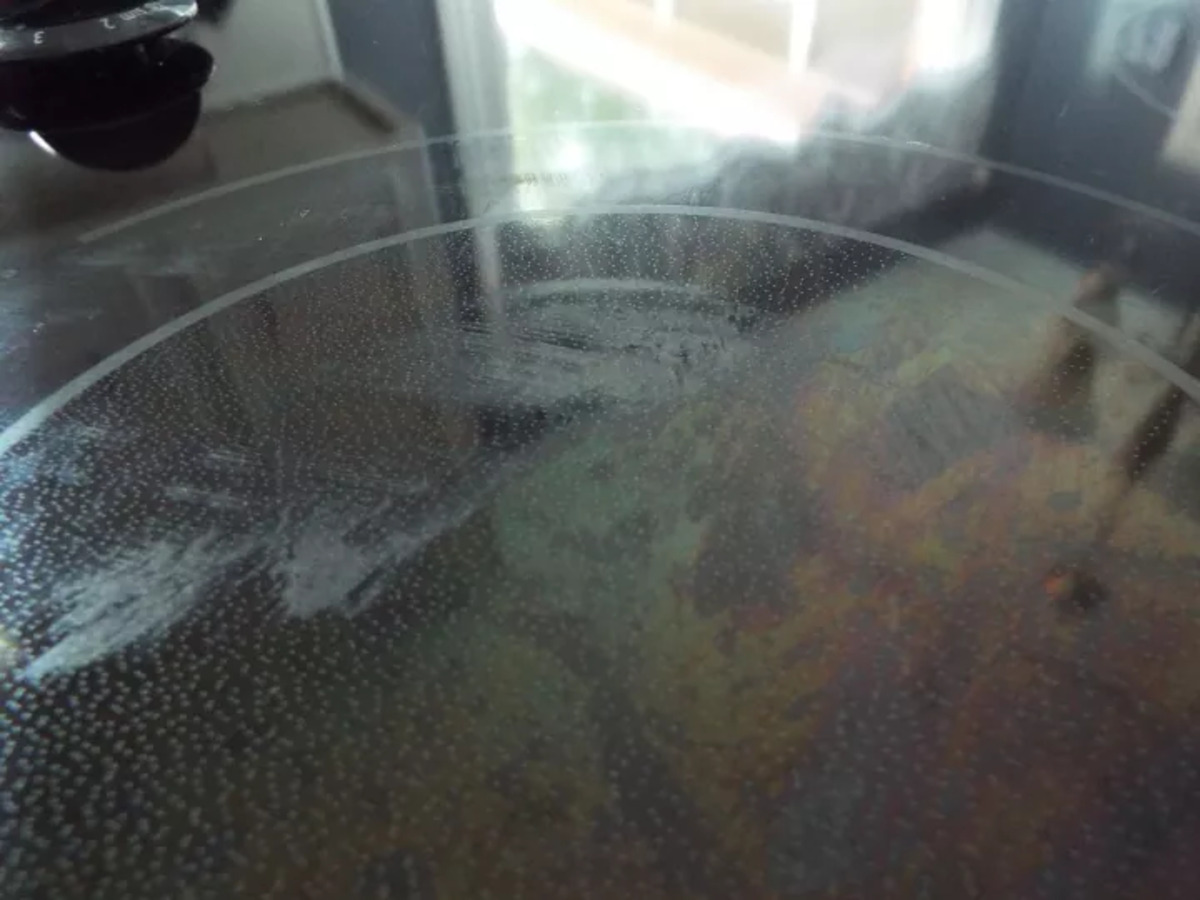
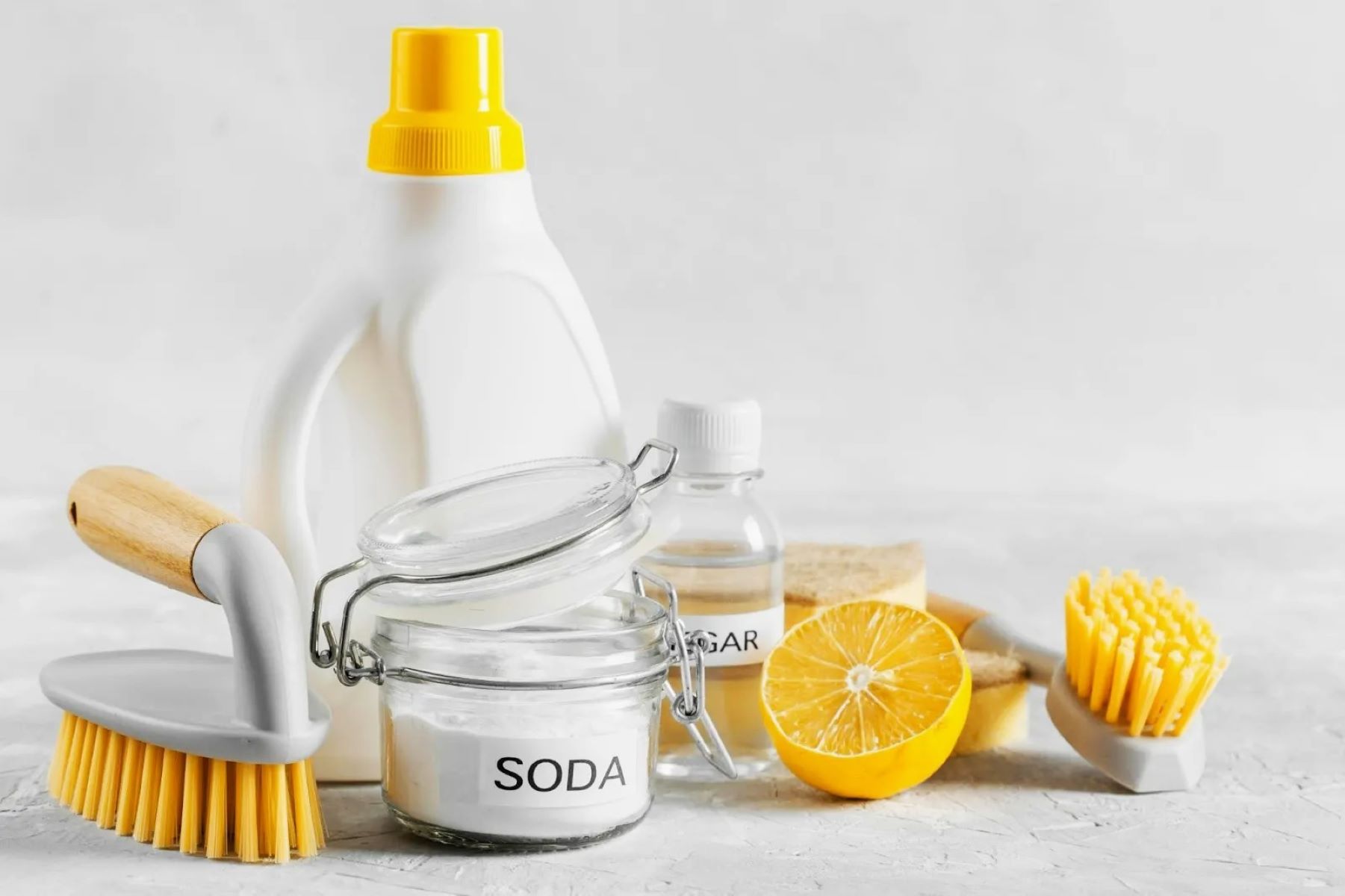
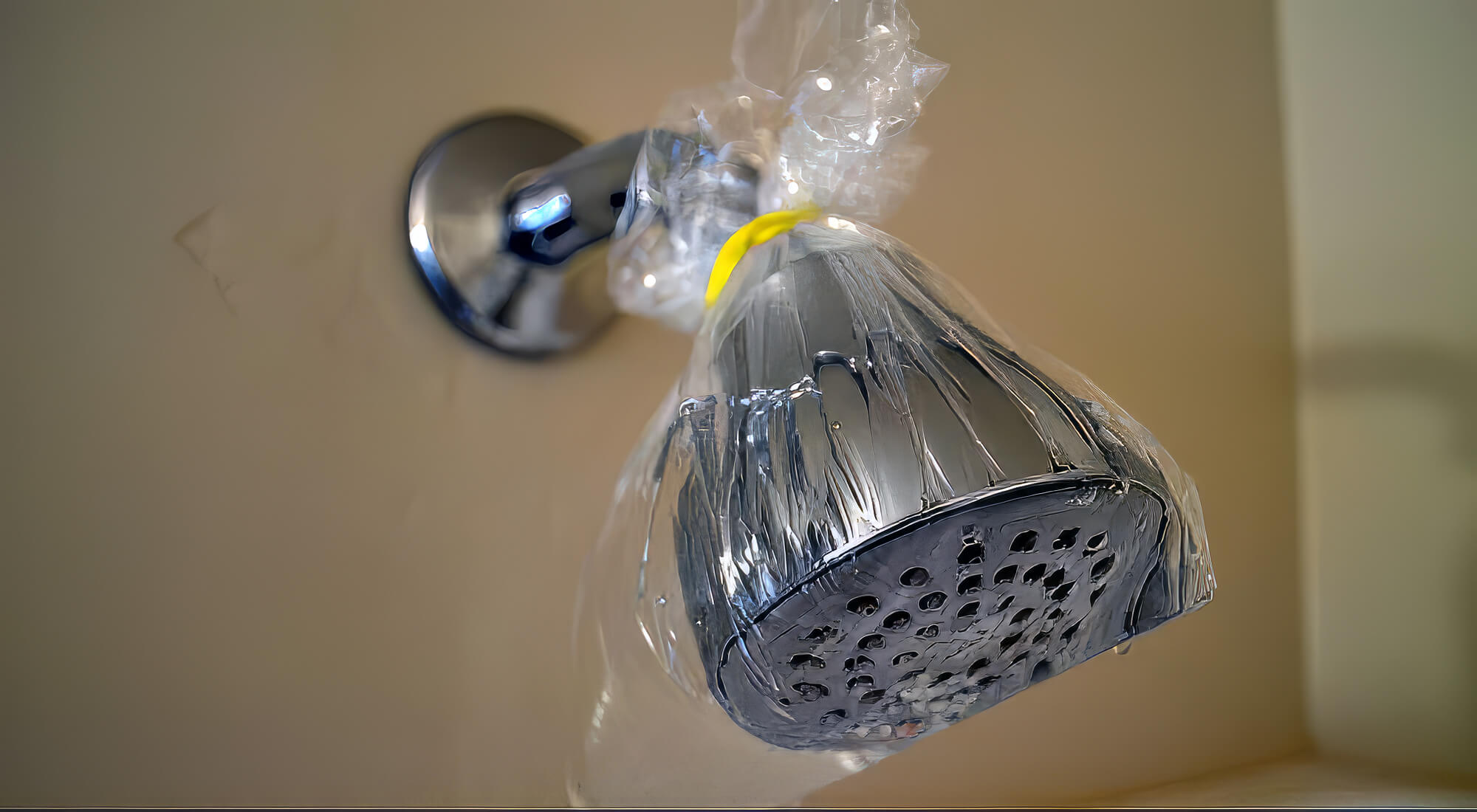
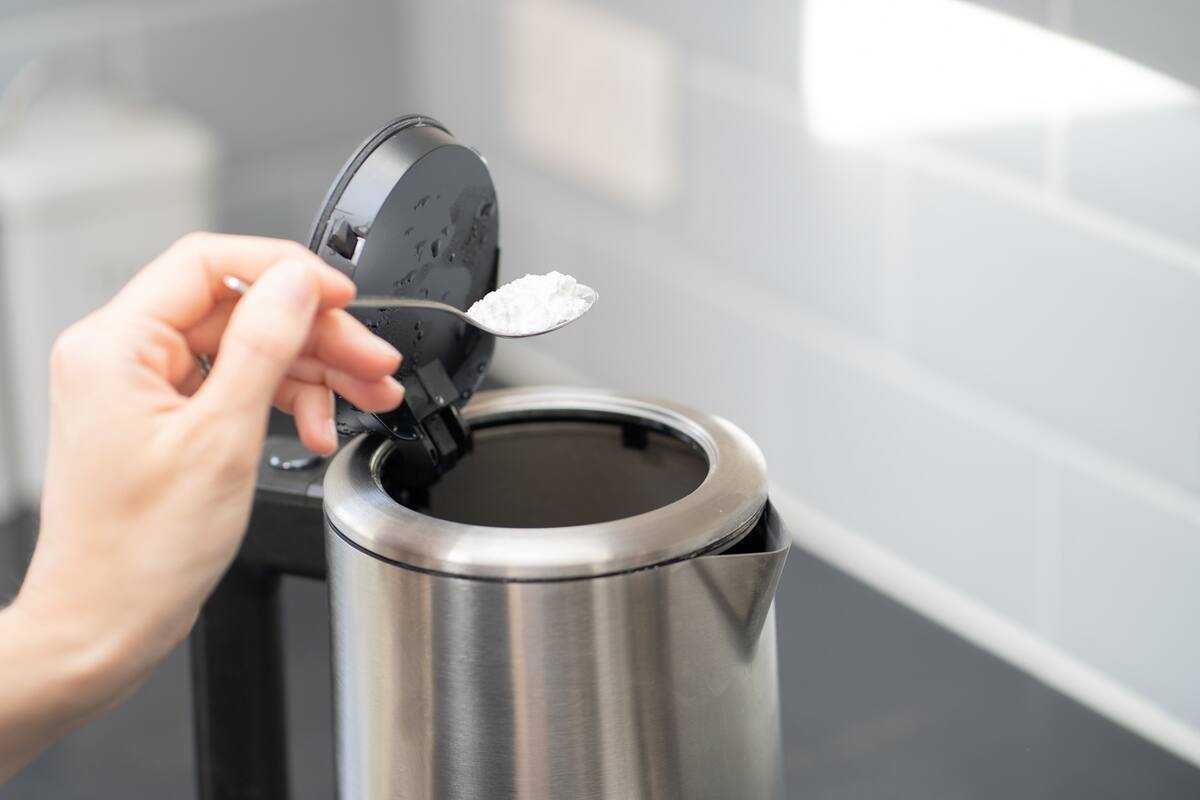
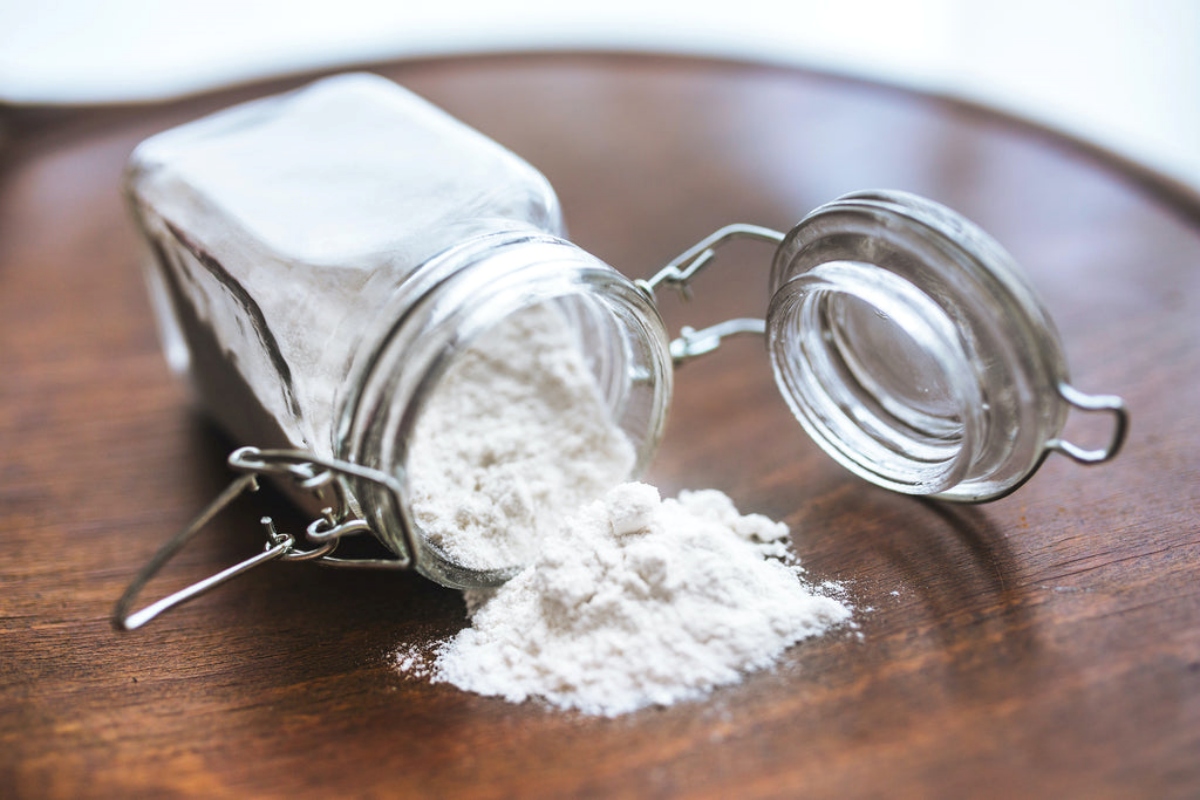
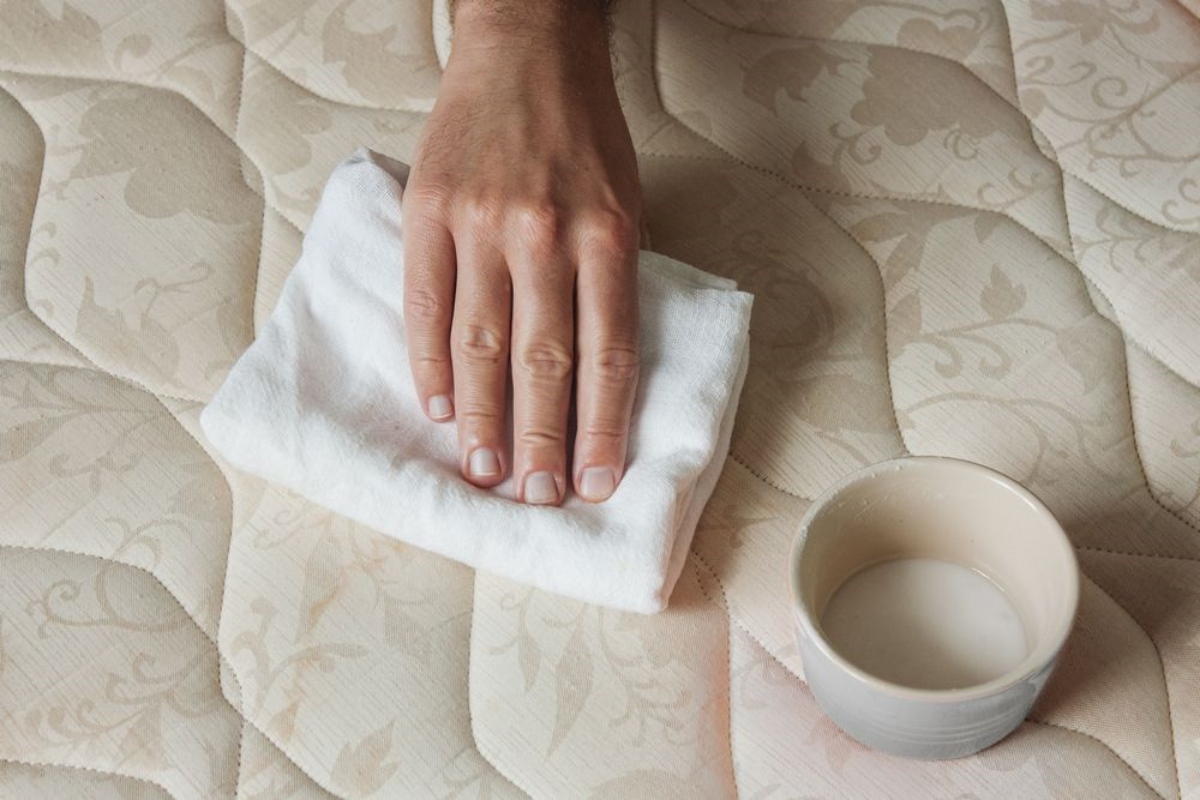
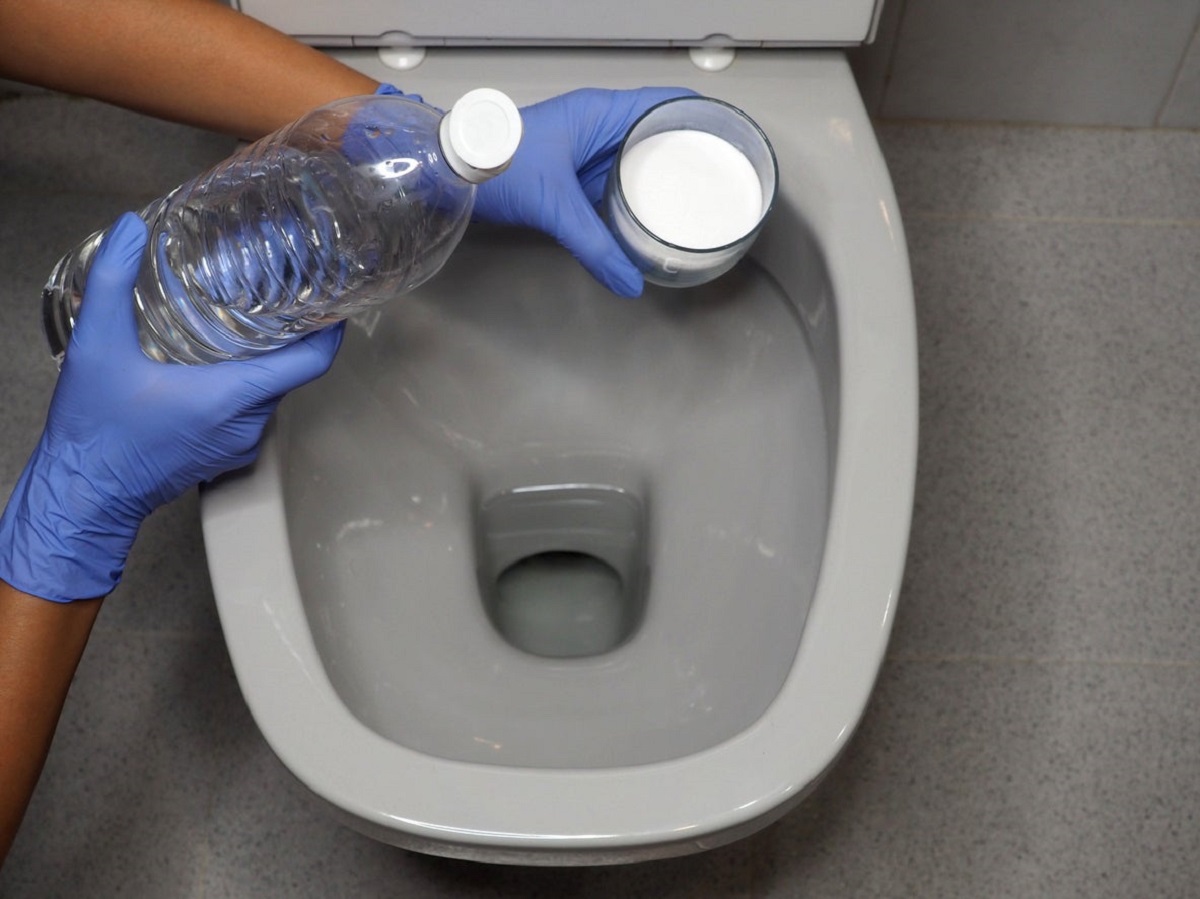
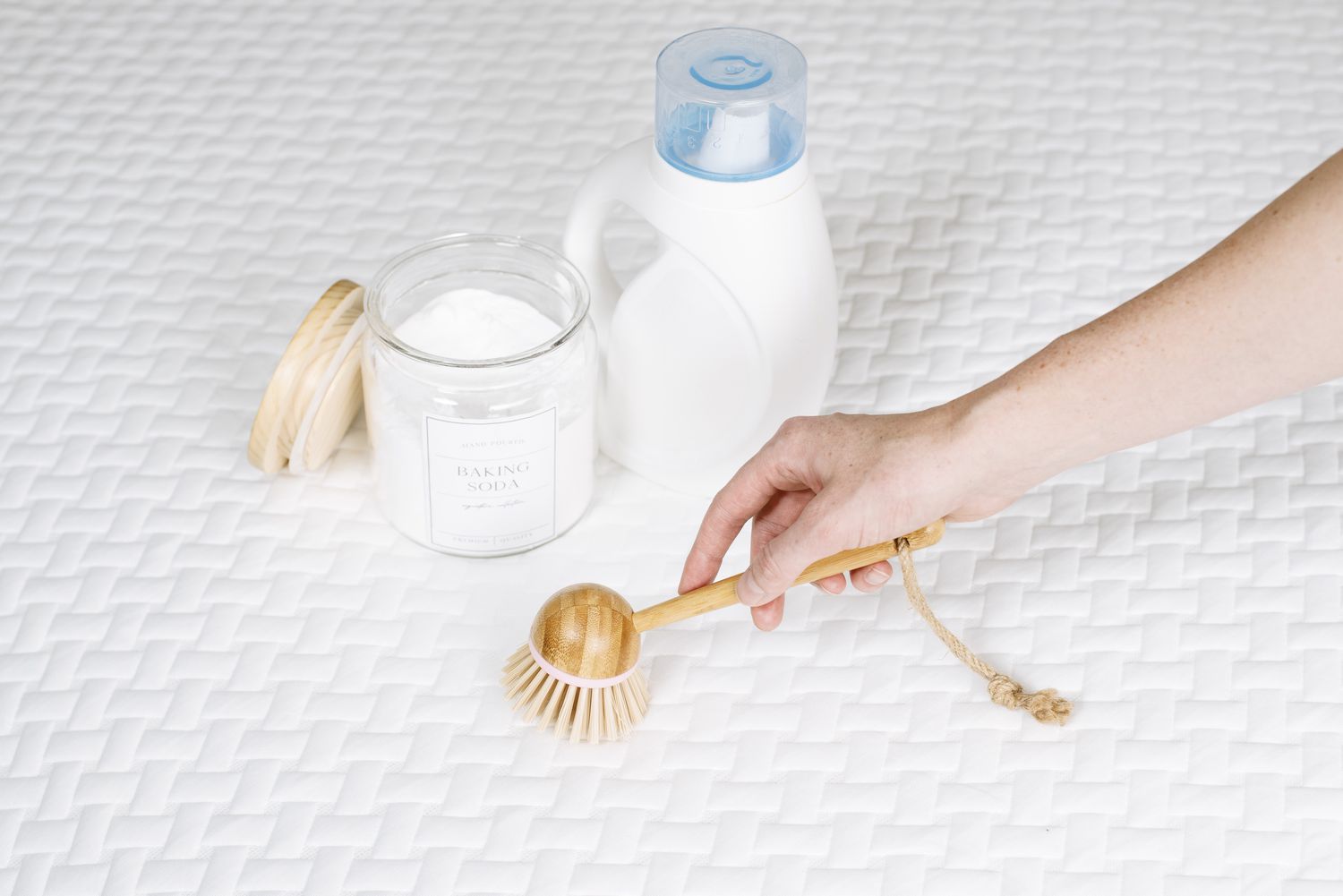
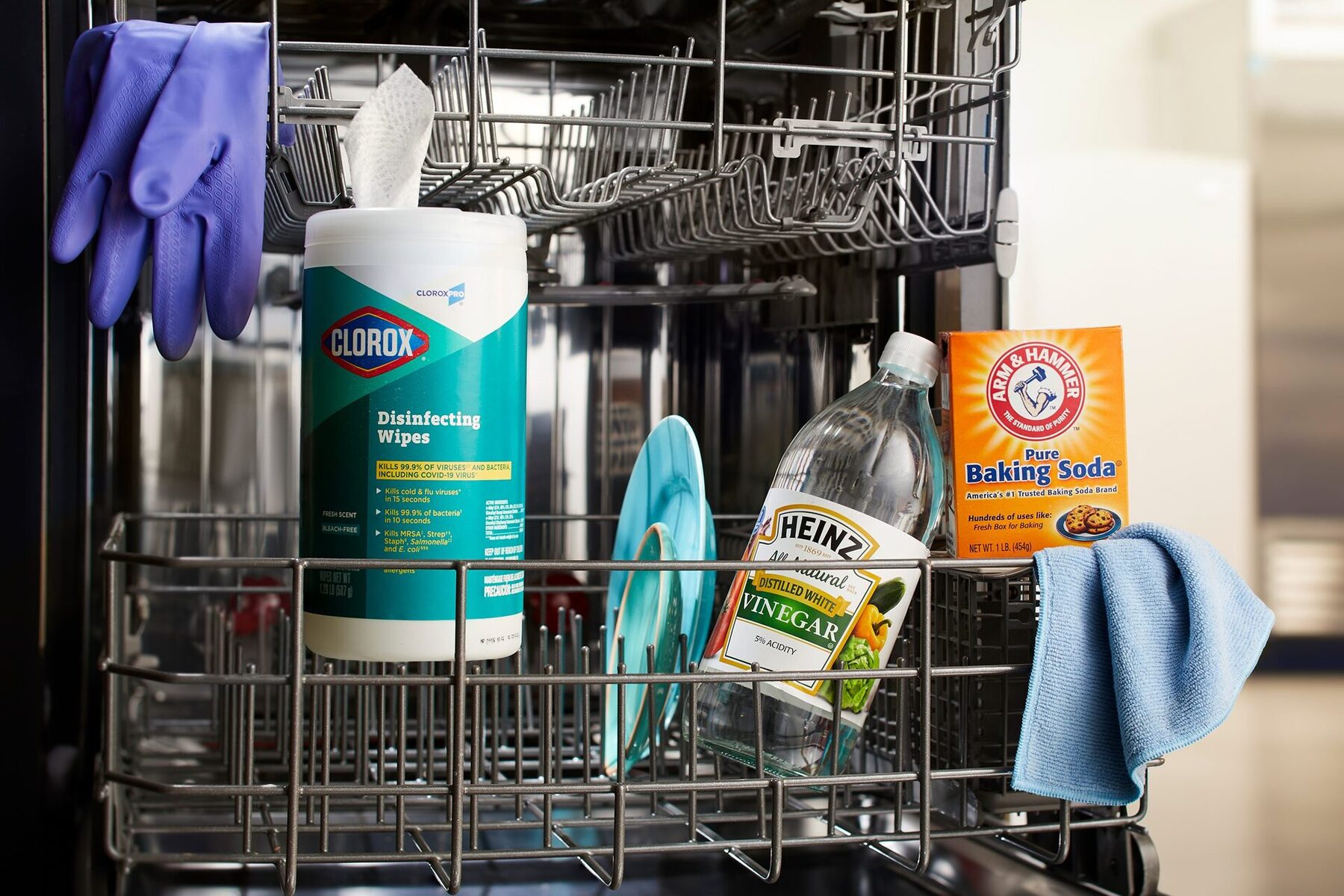
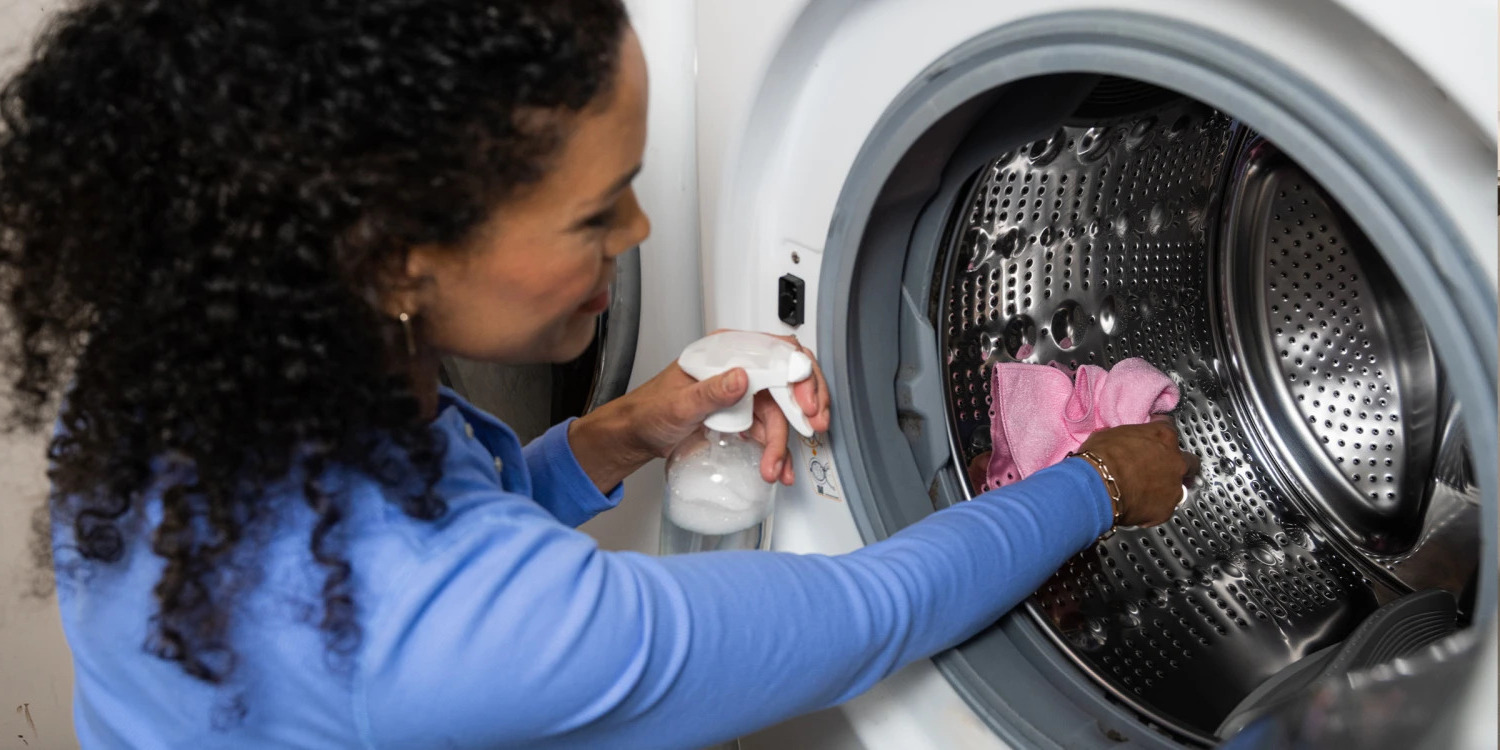
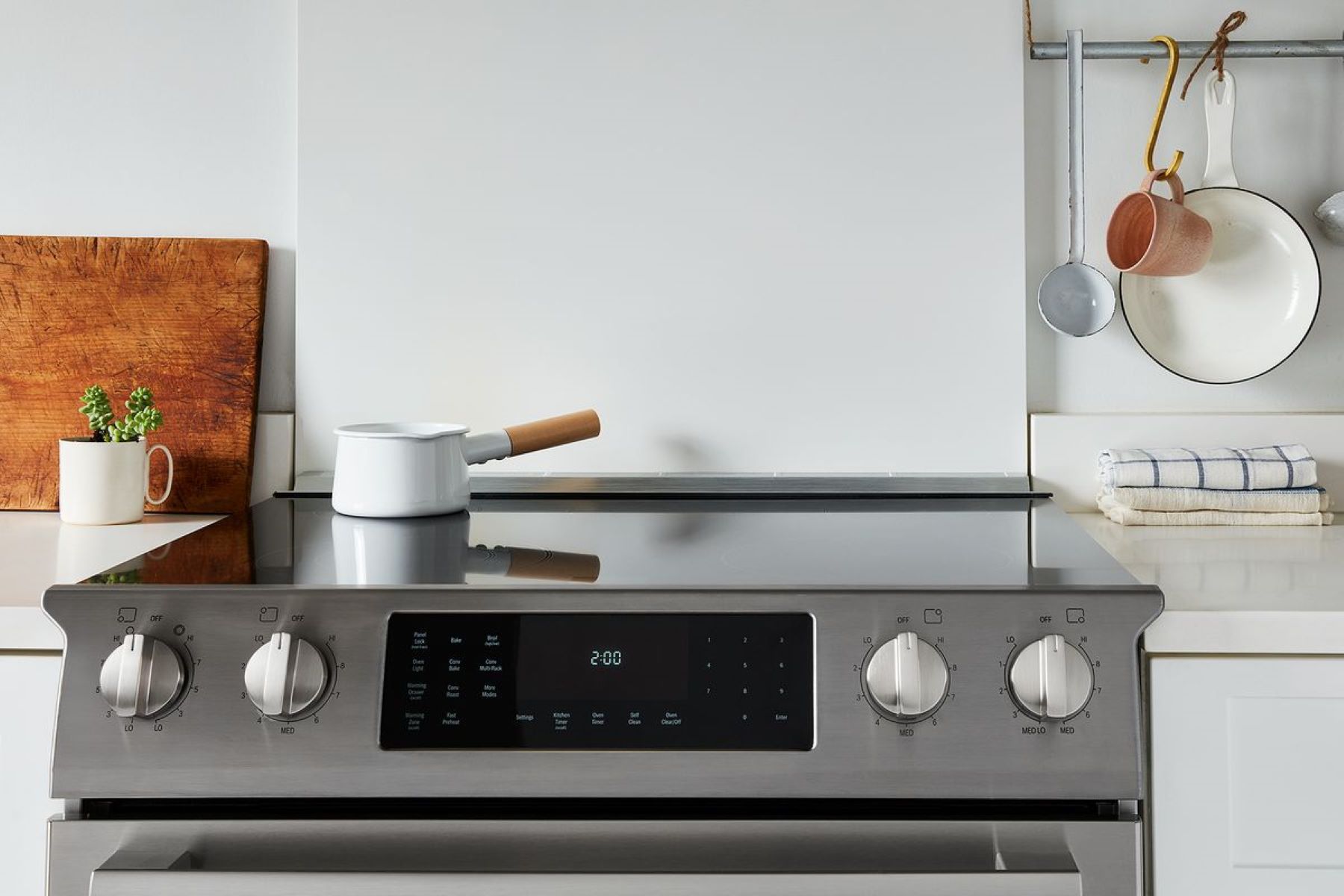
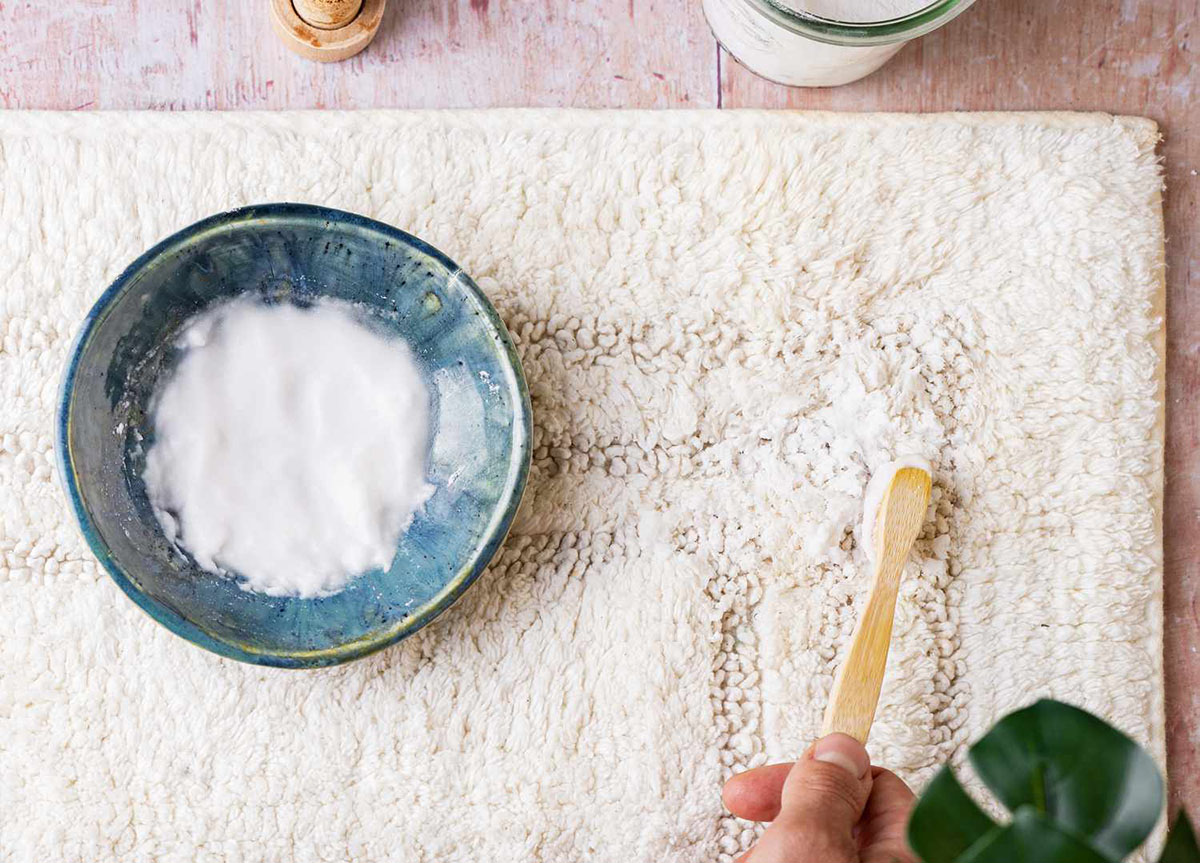
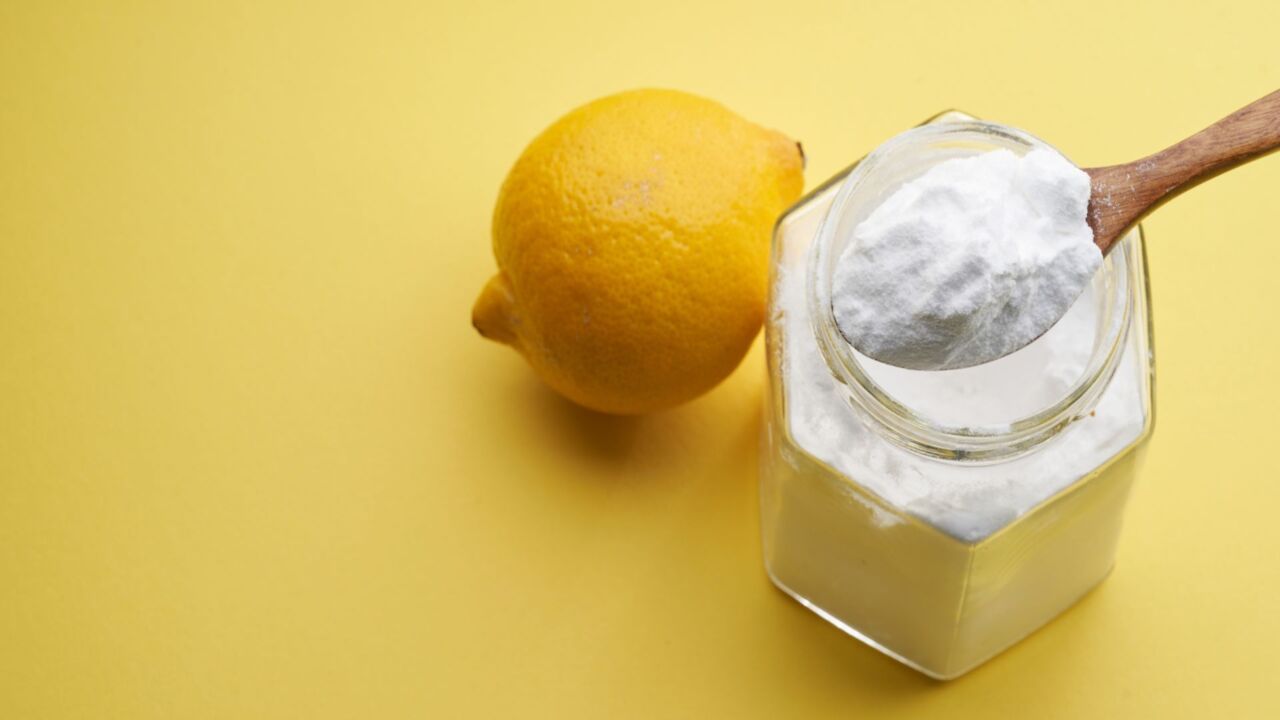

0 thoughts on “How To Clean Silverware With Baking Soda And Aluminum Foil”